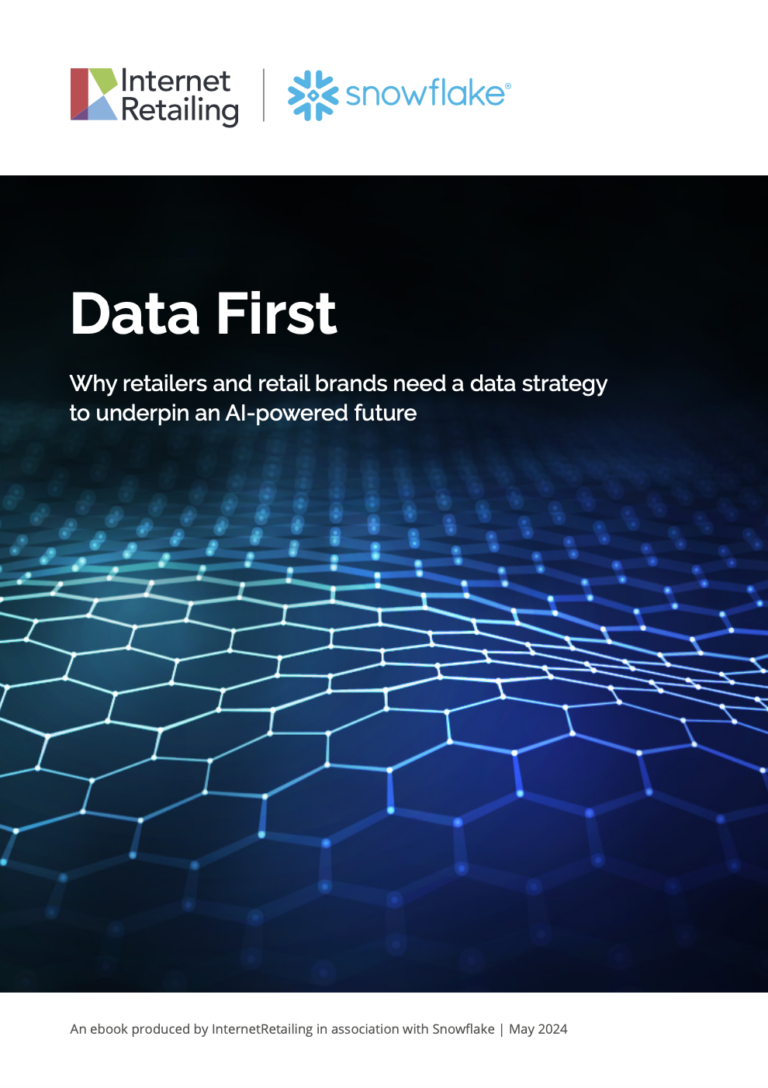Chloe Rigby considers what the year ahead might bring for the ecommerce and multichannel industry.
Retailers, brands and marketplaces will be putting the focus on getting to know exactly how their shoppers want to buy in 2024. Relatively high interest rates will likely continue to restrict the spending of many – especially those with variable-rate mortgages to pay. Already, the British Retail Consortium is planning for rises in business rates and the national minimum wage.
The spending capability of more mature mortgage-free shoppers with index-linked pensions may prove more resilient than other demographic groups, with the possible exception of their 20-something grandchildren, who are now more likely to still be living at home as a result of high housing costs. If inflation meets current expectations and continues to fall in 2024, it is likely that interest rates will also reduce at some point in 2024. When this happens, it should boost retail spending, with housing-related spending such as homewares and furniture likely to rise if and when home ownership costs start to fall.
Against this backdrop, it’s likely the focus will continue to be firmly on customer lifetime value. Loyalty was taken to a new level in 2023, with more retailers offering exclusive prices – and in some cases exclusive products – to loyal customers, and it’s likely this will continue next year.
As a result, no sales channel should be excluded as a possible way to reach shoppers, although brands and retailers will find that different channels work for different customer groups. In the UK, for instance, it’s already clear that shoppers are now adapting the way that they buy, often by using some fairly niche channels. A significant number are happy to buy via the metaverse, while social media is an active shopping channel for 57.7% of respondents to ConsumerX research that questioned 3,926 people in ten countries in 2023.
At the same time, retail businesses should keep it simple: ConsumerX research found in that price, cited by 62.5%, was the primary reason for shoppers to stay loyal, followed by good customer service (55.3%), and convenient delivery (55%) – with discounts and promotions (52.6%) in fourth place. Just 32.7% said they’d be loyal solely because they had an account with a retailer, suggesting that merchants need to do more than require shoppers register before they checkout if they are to retain loyalty long-term.
How retailers serve shoppers
RetailX research has seen retail businesses trading down from offering free delivery on every order in recent years. Instead, they are offering free delivery when shoppers spend a minimum order value. That’s likely to continue in 2024, with slower, more environmentally friendly fulfilment options continuing to grow in importance.
Merchants are likely to capitalise on the trend towards customers collecting items driven, in part, by many more shoppers now working from a more centrally located office on at least some days of the week, which makes pick-up more convenient and cheaper than delivery. Retailers are likely to respond to this by expanding the number of points where shoppers can pick up their online order, whether in their own shops or through third-party retailers or collection networks.
At the same time, more are likely to follow in the footsteps of M&S, which has digitised instore returns in order to cut their own costs and those of customers. Having a town centre presence will rise in importance during 2024, with shoppers increasingly visiting the high street as their pandemic habits continue to fade.
Shoppers will also continue to prioritise value in the coming year, with more joining loyalty clubs in order to benefit from discounts and cheap or free delivery. Subscriptions are likely to prove especially popular where retailers and brands can show the true value of their products to their customers. That comes with a warning that those that do not may be the victim of consumers’ desires to trim their direct debits.
ConsumerX research found that two-thirds of shoppers, worldwide, had bought second-hand products in the previous year. This is likely to continue in 2024, as shoppers prioritise sustainability for both environmental and cost-saving reasons. Throughout 2024, retailers will see circular design as a way to gain a foothold in this market. Enabling customers to buy, recycle and, perhaps, win a discount to buy from them again could well prove the key to long-term customer loyalty. Retailers that offer repairs to help lengthen the lives of their products will also be sought after.
Emerging technologies
Last year, technology coverage focused heavily on the metaverse. This year, that vision was in doubt, with analysis of Facebook-owner Meta’s accounts suggesting that the social platform’s investment in its own metaverse has cost it billions with, as yet, no virtual world to show for it. However, existing metaverses continue to prosper, with 70mn people using Roblox each day. We expect that, in 2024, current use will continue to expand, although it’s not yet clear that this or any year will ever be a breakthrough for this technology.
On the flip side, the buzz in 2023 was dominated by AI, which Meta has also moved into, making its own Llama 2 model publicly available. There were warnings throughout the year that early mover ChatGPT and its competitors could threaten the jobs of millions in the short-term and even the future of the planet.
While the more extreme predictions have so far not come to pass, closer examination has since shown the limitations of the model. Nonetheless, millions now working with AI on a daily basis, in ways that can threaten jobs, but can also make jobs easier. Retail is among those sectors that have started to use AI in multiple areas, ranging from digital marketing to intelligent recommendations.
We’ll be watching with interest over the coming year to see how events emerge, and we’ll continue to cover them both through news reporting on InternetRetailing.net and through more in-depth analysis in RetailX reports.
This feature originally appeared in the RetailX The Year in Data report. In the second annual report, we bring together the highlights and key points from all of the RetailX reports published over the past 12 months.
In the Year in Data 2023 Report we share the highlights from the more than 40 reports that RetailX produced in 2023. It’s the distillation of a year of work, which saw our editors and researchers focusing on the ecommerce and multichannel industries in countries and regions across the world, as well as across a range of sectors.











